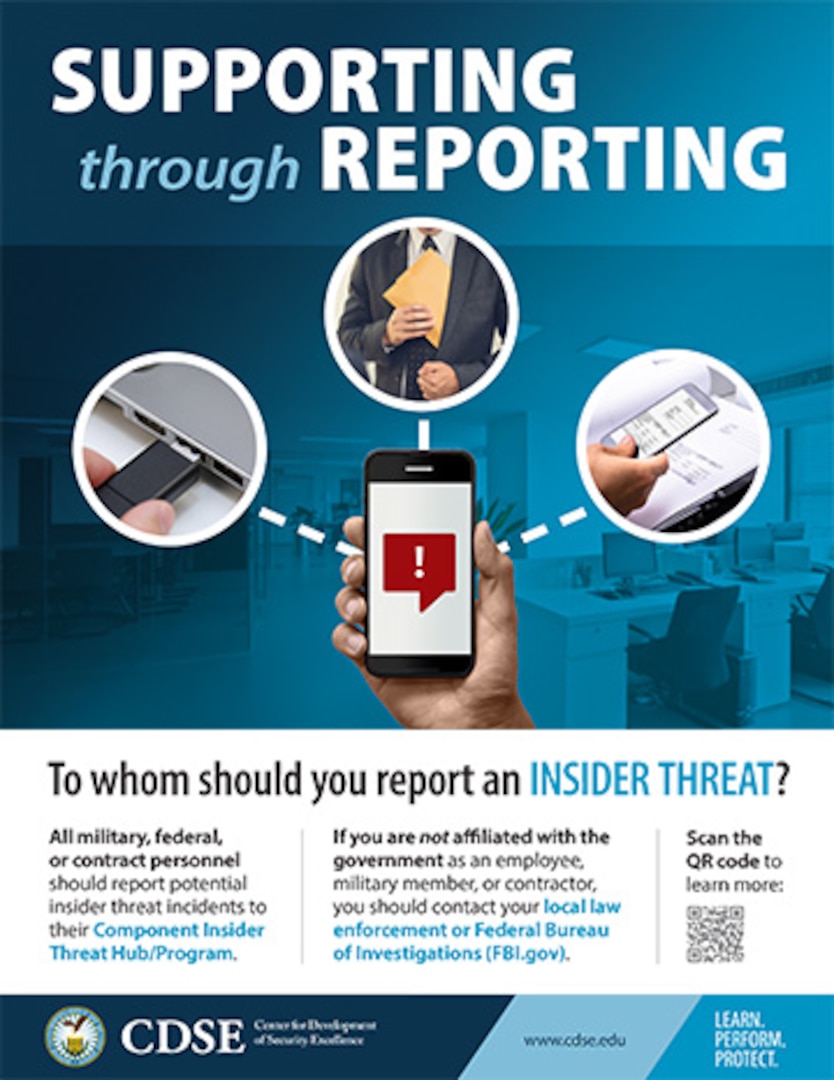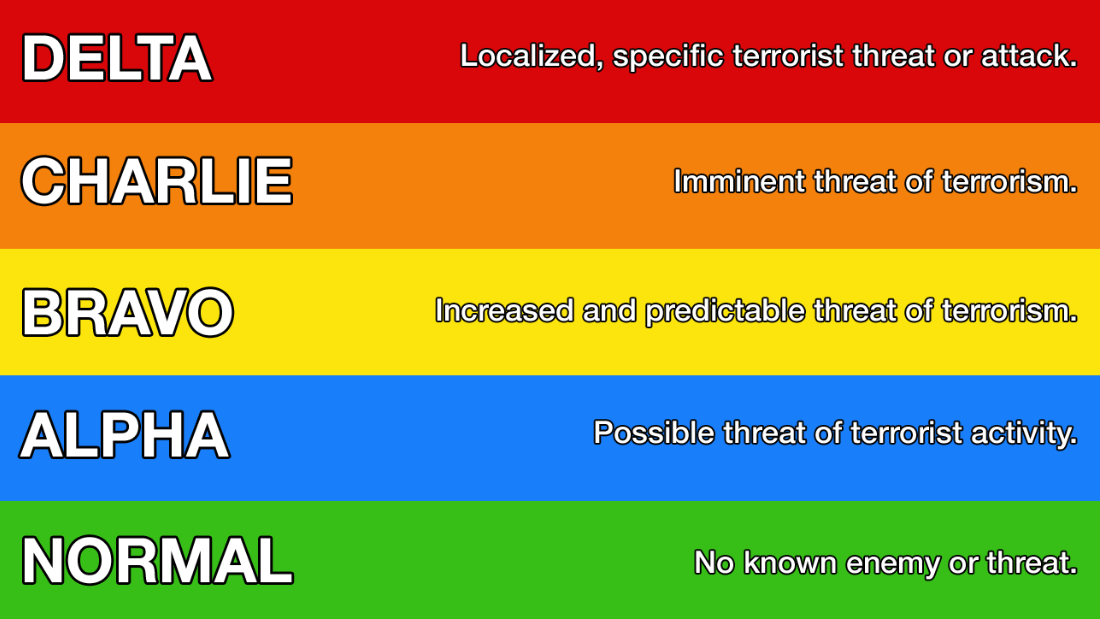Hey there, tech-savvy friends! If you're reading this, chances are you use Gmail or Outlook for your daily email needs. But here's the deal—your precious passwords might be at risk. That's right, cybercriminals are lurking in the shadows, waiting to snatch your login details. So, buckle up and let's dive into what you need to know to keep your digital fortress secure!
Let's face it, we live in a world where our online presence is almost as important as our real-life identity. Whether it's work emails, personal messages, or even bank statements, our email accounts hold some of the most sensitive information out there. And if someone gets their hands on your Gmail or Outlook password? Well, that could spell disaster.
But don't panic just yet! In this article, we'll break down everything you need to know about the current password threats targeting Gmail and Outlook users. From the sneaky tactics hackers use to how you can protect yourself, we've got your back. So grab a coffee, settle in, and let's get started.
Read also:Senator Accuses Musk Of Silencing Gop A Deep Dive Into The Controversy
Understanding the Threat Landscape
Alright, let's talk turkey here. The internet is a wild place, and unfortunately, not everyone on it has good intentions. Cybercriminals are constantly coming up with new ways to steal your data, and one of their favorite targets? Yep, your email passwords.
Here's the kicker: a lot of people still use weak passwords or reuse the same ones across multiple accounts. Combine that with phishing scams and malware attacks, and you've got a recipe for disaster. But hey, knowledge is power, and understanding the threat landscape is the first step in staying safe.
Common Tactics Used by Hackers
- Phishing emails disguised as legitimate messages from trusted sources.
- Malware that logs your keystrokes to capture passwords.
- Social engineering tactics to trick you into giving away sensitive info.
- Data breaches exposing millions of email credentials.
These sneaky tactics are designed to catch you off guard, so always be vigilant when it comes to your online security.
Why Gmail and Outlook Are Prime Targets
Gmail and Outlook are two of the most popular email services out there, and that makes them prime targets for hackers. Think about it—these platforms have millions of users, and each account holds a treasure trove of valuable data. From personal photos to financial records, there's a lot at stake.
Plus, many people use their Gmail or Outlook accounts to sign into other services, like social media or online shopping platforms. So, if a hacker gets their hands on your email password, they could potentially access all those accounts too. Scary, right?
Gmail vs. Outlook: Which One Is Safer?
Both Gmail and Outlook have their strengths and weaknesses when it comes to security. Gmail, powered by Google's massive infrastructure, offers features like two-factor authentication (2FA) and advanced spam filtering. Outlook, on the other hand, integrates seamlessly with Microsoft services and offers enterprise-grade security options.
Read also:Breaking News Exus Attorney Jessica Aber Found Dead
Ultimately, the safety of your account comes down to how well you protect it. No matter which platform you use, following best security practices is key.
How to Protect Your Gmail and Outlook Accounts
Okay, so now that we've painted a picture of the dangers out there, let's talk about how you can protect yourself. Here are some top tips to keep your email accounts secure:
1. Use Strong, Unique Passwords
Let's get one thing straight—passwords like "123456" or "password" are a big no-no. Instead, opt for strong, unique passwords that combine letters, numbers, and symbols. And please, for the love of all things digital, don't reuse the same password across multiple accounts!
2. Enable Two-Factor Authentication (2FA)
Two-factor authentication adds an extra layer of security to your account by requiring a second form of verification, like a code sent to your phone, in addition to your password. It's a simple but effective way to keep hackers at bay.
3. Be Wary of Phishing Scams
Phishing emails are designed to trick you into giving away your login details. Always double-check the sender's email address and be cautious of any links or attachments in suspicious messages.
4. Keep Your Software Up to Date
Software updates often include important security patches, so make sure your operating system, browser, and antivirus software are always up to date.
5. Regularly Monitor Your Account Activity
Keep an eye on your account activity and look out for any suspicious logins or changes. Both Gmail and Outlook offer tools to help you monitor your account security.
Data Breaches: What You Need to Know
Data breaches are a major concern for email users. When a company's database gets hacked, millions of email credentials can be exposed. This puts users at risk of unauthorized access to their accounts.
So, how can you check if your email has been compromised in a data breach? There are websites like Have I Been Pwned that let you search for your email address in known breaches. If you find out your account has been exposed, change your password immediately and enable 2FA.
What Happens After a Data Breach?
After a data breach, hackers may sell your email credentials on the dark web or use them to launch further attacks. That's why it's crucial to act fast and secure your account as soon as possible.
Best Security Practices for Email Users
Beyond the basics we've already covered, here are some additional best practices to keep your Gmail and Outlook accounts secure:
- Avoid clicking on links or downloading attachments from unknown senders.
- Use a password manager to generate and store strong, unique passwords.
- Be cautious when using public Wi-Fi networks, as they can be insecure.
- Regularly back up your important emails and files to an external drive or cloud storage.
By following these practices, you'll significantly reduce the risk of falling victim to a cyberattack.
Staying Safe on Public Wi-Fi
Public Wi-Fi networks can be convenient, but they're also a hotspot for cybercriminals. To stay safe, avoid accessing sensitive information, like your email or bank account, while connected to public Wi-Fi. If you must use it, consider using a virtual private network (VPN) for added security.
How to Respond to a Security Incident
Even with the best security measures in place, sometimes things can still go wrong. If you suspect your Gmail or Outlook account has been compromised, here's what you should do:
1. Change Your Password Immediately
Don't wait—change your password right away. Make sure it's strong and unique, and enable 2FA if you haven't already.
2. Review Account Activity
Check your account activity for any suspicious logins or changes. Both Gmail and Outlook offer tools to help you review recent activity.
3. Notify the Service Provider
Report the incident to the email service provider so they can take appropriate action to secure your account.
4. Monitor for Further Issues
Keep an eye on your account for any further suspicious activity and take action if necessary.
Expert Advice on Email Security
We reached out to cybersecurity experts to get their take on email security. According to Jane Doe, a leading security analyst, "The key to staying safe online is being proactive. Don't wait for something bad to happen—take steps to protect your accounts before it's too late."
Experts also emphasize the importance of staying informed about the latest threats and security trends. By keeping up with the latest developments, you'll be better equipped to protect yourself.
Trustworthy Resources for Email Security
Here are some trusted resources to help you stay informed about email security:
These resources offer valuable information and guidance to help you keep your email accounts secure.
Conclusion: Stay Safe, Stay Smart
So there you have it, folks—a comprehensive guide to protecting your Gmail and Outlook accounts from password threats. Remember, the internet can be a dangerous place, but with the right tools and knowledge, you can keep your digital life secure.
Here's a quick recap of what we covered:
- Gmail and Outlook are prime targets for hackers due to their popularity and the sensitive data they hold.
- Common tactics used by hackers include phishing, malware, and social engineering.
- Best practices for email security include using strong passwords, enabling 2FA, and being cautious of phishing scams.
- In the event of a security incident, act fast to secure your account and monitor for further issues.
Now it's your turn! Take action to protect your email accounts and encourage others to do the same. Share this article with your friends and family, and let's work together to create a safer online world.
And hey, if you have any questions or tips of your own, drop a comment below. We'd love to hear from you!
Table of Contents
- Understanding the Threat Landscape
- Common Tactics Used by Hackers
- Why Gmail and Outlook Are Prime Targets
- Gmail vs. Outlook: Which One Is Safer?
- How to Protect Your Gmail and Outlook Accounts
- Use Strong, Unique Passwords
- Enable Two-Factor Authentication (2FA)
- Be Wary of Phishing Scams
- Data Breaches: What You Need to Know
- Best Security Practices for Email Users


